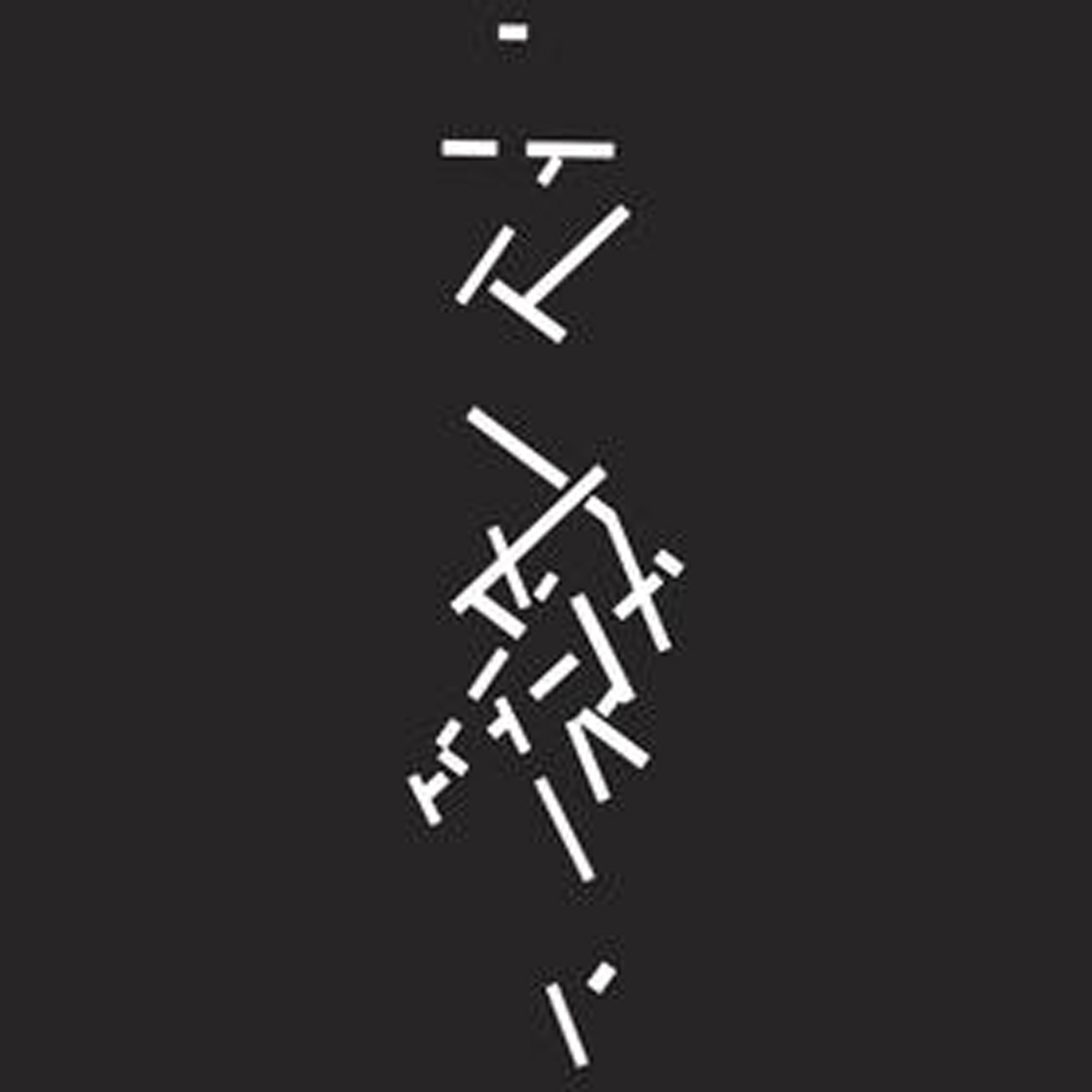Catherine Christer Hennix, "Selected Early Keyboard Works"
 It is quite rare for me to be interested in anyone's archival rehearsal tapes, but Catherine Christer Hennix's oft-fascinating career has been woefully under-documented until only recently. In fact, this is arguably her formal vinyl debut, a milestone that improbably took more than four decades to reach. These recordings date back from 1976, when her ensemble The Deontic Miracle was performing at the Dream Music Festival in Sweden, but the album mostly features Hennix by herself playing a keyboard tuned to just-intonation. Given that these three pieces were never intended for release, it is no surprise that there is occasionally a meandering, improvisatory feel, but a few of them blossom into a wonderfully hallucinatory swirl of uneasily harmonizing overtones. Selected Early Keyboard Works is a bit more than a fine collection of unreleased material though, as it highlights a more unpolished and intimate side of Hennix's vision than her other releases. More importantly, it features one of the greatest pieces ever recorded by the La Monte Young/Pandit Pran Nath milieu.
It is quite rare for me to be interested in anyone's archival rehearsal tapes, but Catherine Christer Hennix's oft-fascinating career has been woefully under-documented until only recently. In fact, this is arguably her formal vinyl debut, a milestone that improbably took more than four decades to reach. These recordings date back from 1976, when her ensemble The Deontic Miracle was performing at the Dream Music Festival in Sweden, but the album mostly features Hennix by herself playing a keyboard tuned to just-intonation. Given that these three pieces were never intended for release, it is no surprise that there is occasionally a meandering, improvisatory feel, but a few of them blossom into a wonderfully hallucinatory swirl of uneasily harmonizing overtones. Selected Early Keyboard Works is a bit more than a fine collection of unreleased material though, as it highlights a more unpolished and intimate side of Hennix's vision than her other releases. More importantly, it features one of the greatest pieces ever recorded by the La Monte Young/Pandit Pran Nath milieu.
The decision to open this album with "Nouvelle mode des modalités" was a curious one, as there is absolutely nothing about it that would make me think that it was a Catherine Christer Hennix piece.Instead, it just feels like a lot of mid-20th century experimental and avant-garde music: a stop-start splatter of discordant, chromatic note clusters that was primarily interesting at the time because it was rejecting conventional Western modality.More accurately, it sounds like an extended electric piano solo decontextualized from a Bitches Brew-era Miles Davis live performance–throw in a weirdly lurching funk groove and some chords and it would probably be fairly enjoyably, but it just feels kind of indulgent and directionless on its own.That triggered an immediate and incorrect conclusion from me that these tapes were unrepresentative juvenalia recorded before Hennix had developed a distinctive voice (beyond a general yet deep passion for just-intonation and Eastern-influenced minimalism, at least).That conclusion initially made plenty of sense, as The Deontic Miracle were still performing pieces by La Monte Young and Terry Riley along with Hennix's own compositions at the time.However, Hennix's stellar Central Palace Music dates from the exact same period and even the second part of "Noevelle" sounds recognizably and wonderfully Hennix-ian.The difference between "Nouvelle mode des modalités II" and its predecessor is a surprisingly simple one, however, as Hennix merely switched from staccato clusters of notes to rippling flurries and added a sine-wave drone.In doing so, she shifted the emphasis of the piece from melody to harmony, something just-intonation is infinitely better suited for, as Hennix coaxes a wonderfully vibrant, shimmering, and otherworldly fantasia out of her Fender Rhodes.
The following "The Well-Tuned Marimba" is even better still, as the eerie drones of Hans Isgren's sheng weave darkly dissonant harmonies with Hennix's gently churning and glimmering web of strange arpeggios.It is easily one of the finest pieces that Hennix has ever recorded, filling the room like a murky and vaguely menacing supernatural cloud.While it only lasts for about 18 minutes, it feels like a veil has been pulled away to offer a brief glimpse of some kind of infinite, extradimensional void of cosmic horror lurking just behind the precarious façade of our reality.It is quite a glorious illusion, feeling far more like a living and hallucinatory nightmare world than a mere composition.Sometimes I forget that Hennix's work is absolutely the most visceral and disturbing of all the Pandit Pran Nath-inspired minimalists."The Well-Tuned Marimba" is a good reminder that her drone work is just one facet of a vision that can also descend into some rather dark and deliciously uncomfortable territory.The album's final piece "Equal Temperament Fender Mix" is also quite unique, if a bit less audacious.As the title indicates, Hennix changed her tuning to 12-tone equal temperament, but the subtle harmonic difference between one unusual tuning and another is more or less lost on me.To my ears, it is far more significant that she added tape-delay to her arsenal, a tool that she wields brilliantly.It sounds a lot like reverb-swathed lo-fi recording of a broken music box struggling to play a classical piano sonata, but quickly losing the thread as overlapping delays transform the piece into a bleary pile-up of stuttering and plinking melodic fragments.
Apparently, this double album is merely the first installment of a planned series of archival Hennix releases.If this is what Blank Forms was able to unearth from just early rehearsal tapes, it bodes quite well for the rest of the series.As whole, Selected Early Keyboard Works is a strong collection that illuminates an early and formative phase in Hennix’s development into a formidable and truly unique composer.As a somewhat devout fan, it was a delight for me to hear an album so radically different from her other releases, as well as was quite a pleasant surprise to discover that it was still legitimately excellent (if a bit raw).The bigger surprise, however, was that this is not an album strictly for the fans, as "The Well-Tuned Marimba" is an absolute stunner.In fact, I hereby declare it to be one of the true masterpieces of 20th century minimalism.That alone makes Selected Early Keyboard Works a significant and revelatory work.The rest of the album is just icing on the cake.
 



